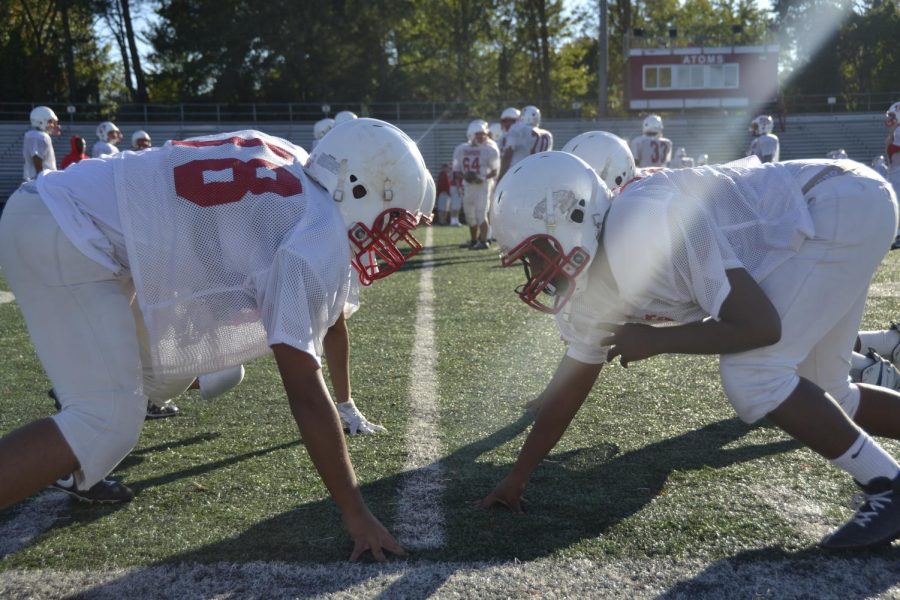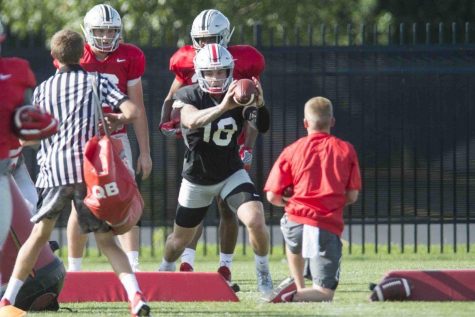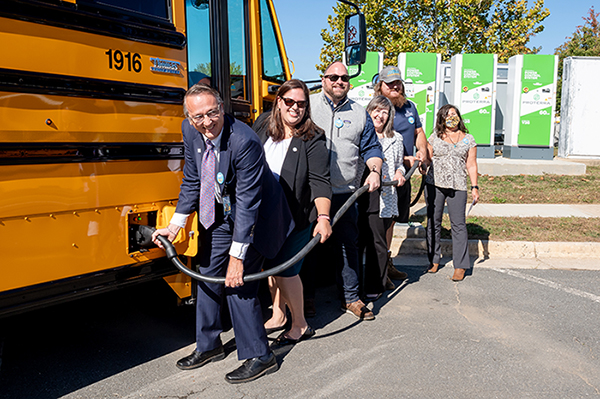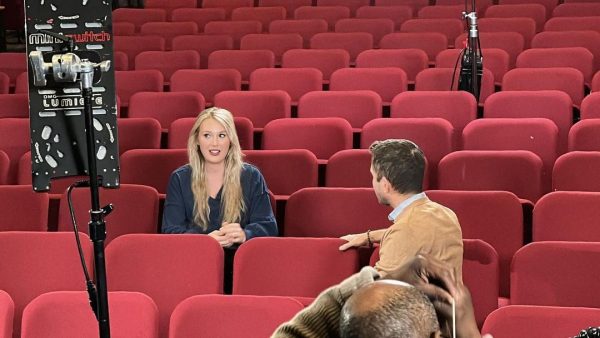Combating Concussions
Athletes and Coaches work to prevent brain damage
Atoms football players go head to head in team drills during a practice held on Oct. 16. As seen above, players make head to head contact in not only games but in practice as well.
As two players speed down field towards each other, an audible crack can be heard throughout the crowd as their helmets collide.
The ensuing view is a sight of players being helped off the field by teammates and staff and heading back to the locker room.
Often times in situations like this, a possible result of a collision of this nature is a concussion.
Concussions most typically occur as a result of a blow to the head area, sometimes head to head contact. This could result in a loss of consciousness depending on the severity of the impact.
More often than not, concussions take place in contact sports such as football, lacrosse and wrestling, rather than non-contact sports.
“Higher contact sports have a greater risk of concussions,” Athletics Trainer Kathleen Ayers said. “But then again, that’s not always the case.”
When concussions occur in school sports to student athletes, they must go through the protocol and multiple steps in order to be cleared.
“Steps we take to make sure a concussion is properly treated is to have early recognition and utilize a variety of tools to evaluate and make sure there’s a full recovery,” Ayers said.
In some situations, coaches are the first to recognize the possibility that a student-athlete has suffered a concussion.
“We have been pretty fortunate because we haven’t had very many concussions in the past few years,” Head Football Coach Michael Scott said. “But it is always a concern, anytime that we think it’s a possibility we get the player to the trainers.”
With a sport like football being a high contact sport concussions have to be kept track of more frequently.
“We try to monitor as best we can and that’s one of the reasons why in football we always have a trainer present at practice,” Scott said.
Higher contact sports are much more likely to have a greater amount of injuries occur, including concussions.
Researchers at Yale University discovered if contact sports could be made non contact, there would be just over 600,000 less injuries per year among male high school students.
A common point of scrutiny used in arguments to prevent concussions among high school student athletes is improvements to protection such as helmets.
However, the main cause of concussions and head injuries is contact and the high impact of collisions.
“We always send our helmets out every year to be reconditioned,” Scott said. “We also always try to buy the highest graded out kind of helmets.”
Protection, such as helmets, can be useful in mitigating impact and limiting the possibility of a concussion, but do not prevent head injuries 100% of the time.
“It doesn’t matter what you have on your head, it’s still a very real possibility that people are going to get concussed,” Scott said. “We are using the same helmets as guys in the NFL who get concussions and are making millions of dollars, so it happens unfortunately.”
At the end of the day, despite protection and helmets in all sports, concussions and other injuries are always in the realm of possibility.
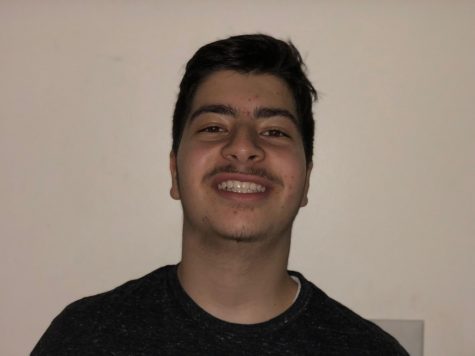
Senior Jude Nanaw is the current Co-Editor in Chief of The A-Blast. He has been on staff for four years where in previous years he has held the positions...
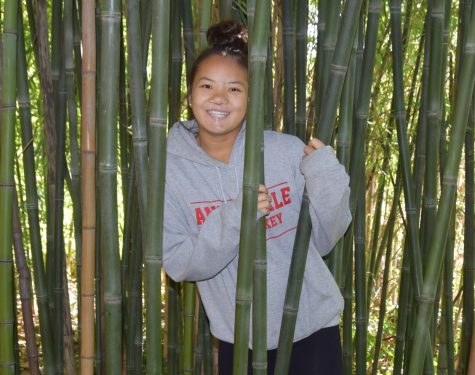
Senior Katie Pope is the weekend editor of the A-Blast and this is her third year on staff. She was previously a staff writer, photographer, and photo...



